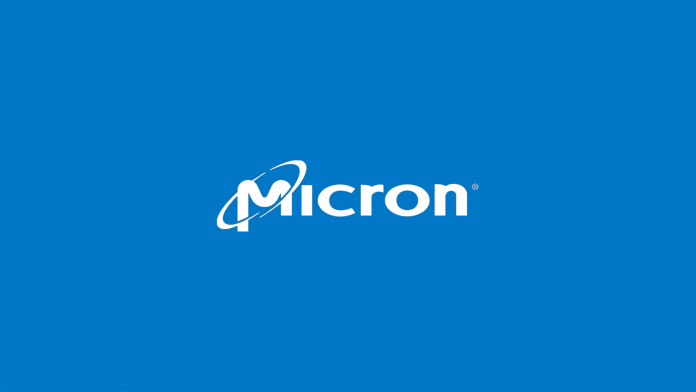Micron Technology, announced the first open-source, heterogeneous-memory storage engine (HSE), designed specifically for solid-state drives (SSDs) and storage-class memory (SCM). Legacy storage engines born in the era of hard disk drives (HDDs) failed to architecturally provide for the increased performance and reduced latency of next-generation non-volatile media. HSE, originally developed by Micron and now available to the open-source community, is ideal for developers using all-flash infrastructure who require the benefits of open-source software, including the ability to customize or enhance code for their unique use cases.
“As the only company developing storage class memory, flash and DRAM technologies, Micron is uniquely positioned to build a software stack that accelerates applications running in today’s flash-based storage environments as well as storage class memory-based infrastructure of the future,” said Derek Dicker, corporate vice president and general manager of the Storage Business Unit at Micron. “We have delivered a first-of-its-kind innovation for open-source storage developers, unlocking the full potential of high-performance storage applications.”
In addition to delivering performance and endurance improvements, HSE reduces latency, especially for large-scale data sets, through intelligent data placement. HSE improves throughput of particular storage applications by up to six times, reduces latency 11 times1 and improves SSD endurance by seven times. HSE can also take advantage of multiple classes of media concurrently, such as flash and 3D XPoint technology. When a Micron X100 NVMe™ SSD, the world’s fastest SSD, is added to a set of four Micron 5210 QLC SSDs, throughput more than doubles and read latency improves nearly four times.
Also Read: Micron QLC Solid-State Drive Innovation Speeds Data Center Hard Disk Drive Displacement
Features and Benefits of the Heterogenous-Memory Storage Engine:
- Integration with MongoDB, the world’s most popular NoSQL database, delivers significant performance improvements, reduces latency and takes full advantage of modern memory and storage technologies. It can also be integrated with other storage applications like NoSQL databases and object stores.
- HSE is ideal when performance at scale matters, including very large data size, large key counts (billions), high operation concurrency (thousands), or deployment of multiple classes of media.
- The platform is designed to be extensible to new interfaces and new storage devices, enabling use with a broad range of applications and solutions, including databases, internet of things (IoT), 5G, artificial intelligence (AI), high-performance computing (HPC) and object storage.
- HSE is capable of delivering additional performance for software-defined storage, such as Red Hat Ceph Storage and Scality RING, that enables cloud-native applications through containerized platforms like Red Hat OpenShift as well as tiered performance for file, block and object storage protocols for multiple use cases.
- HSE is delivered as an embeddable key-value database; Micron will maintain the code repository on GitHub.





